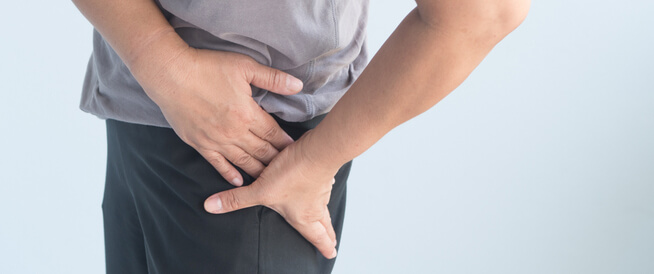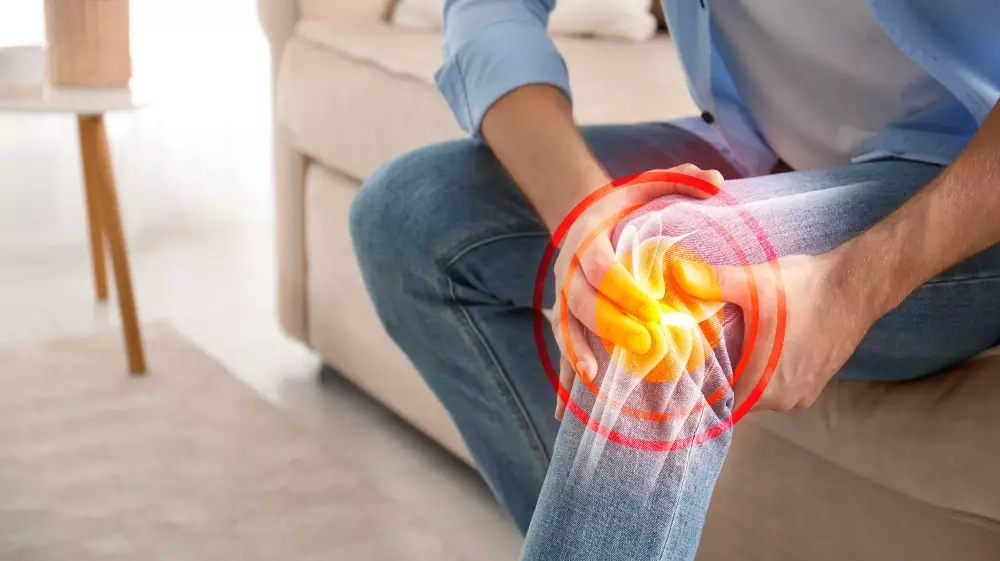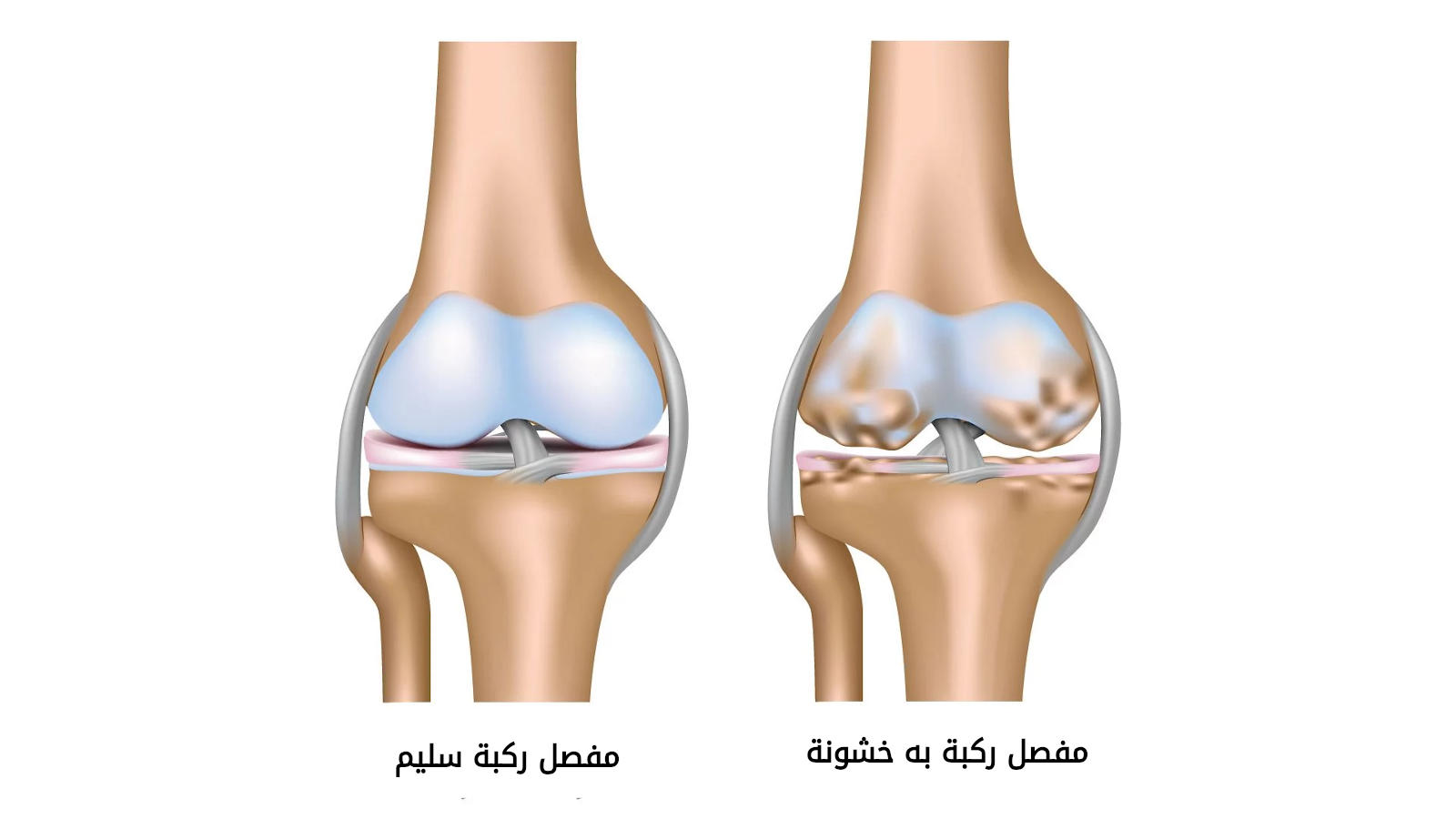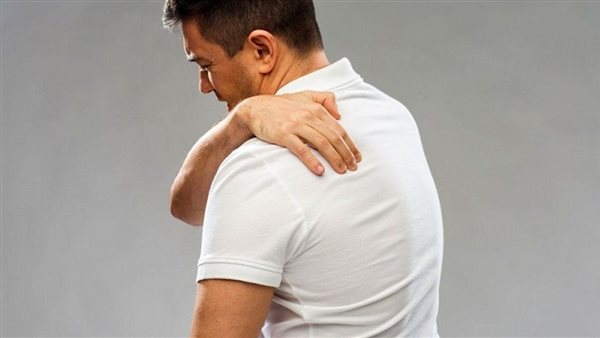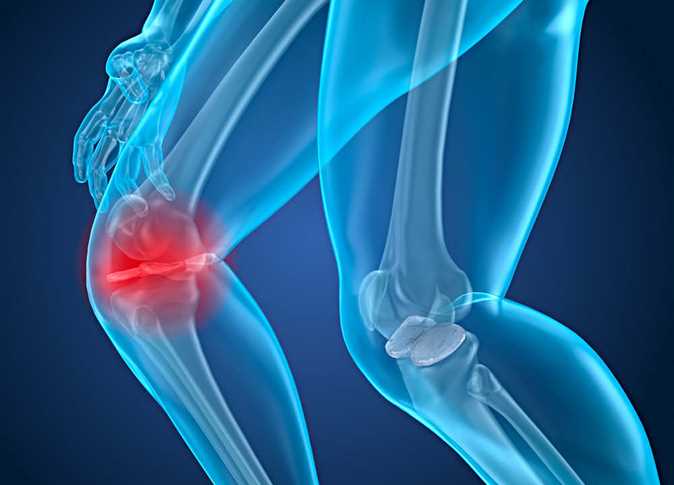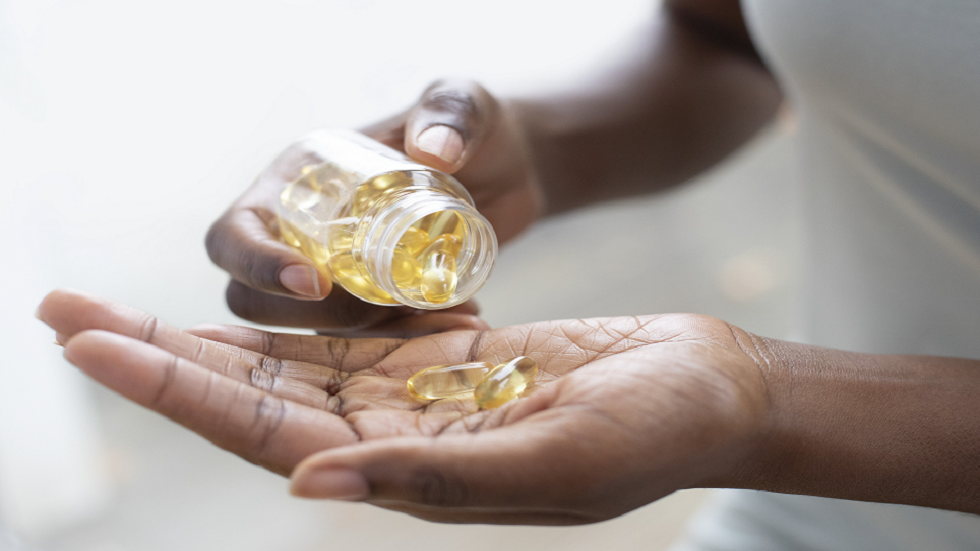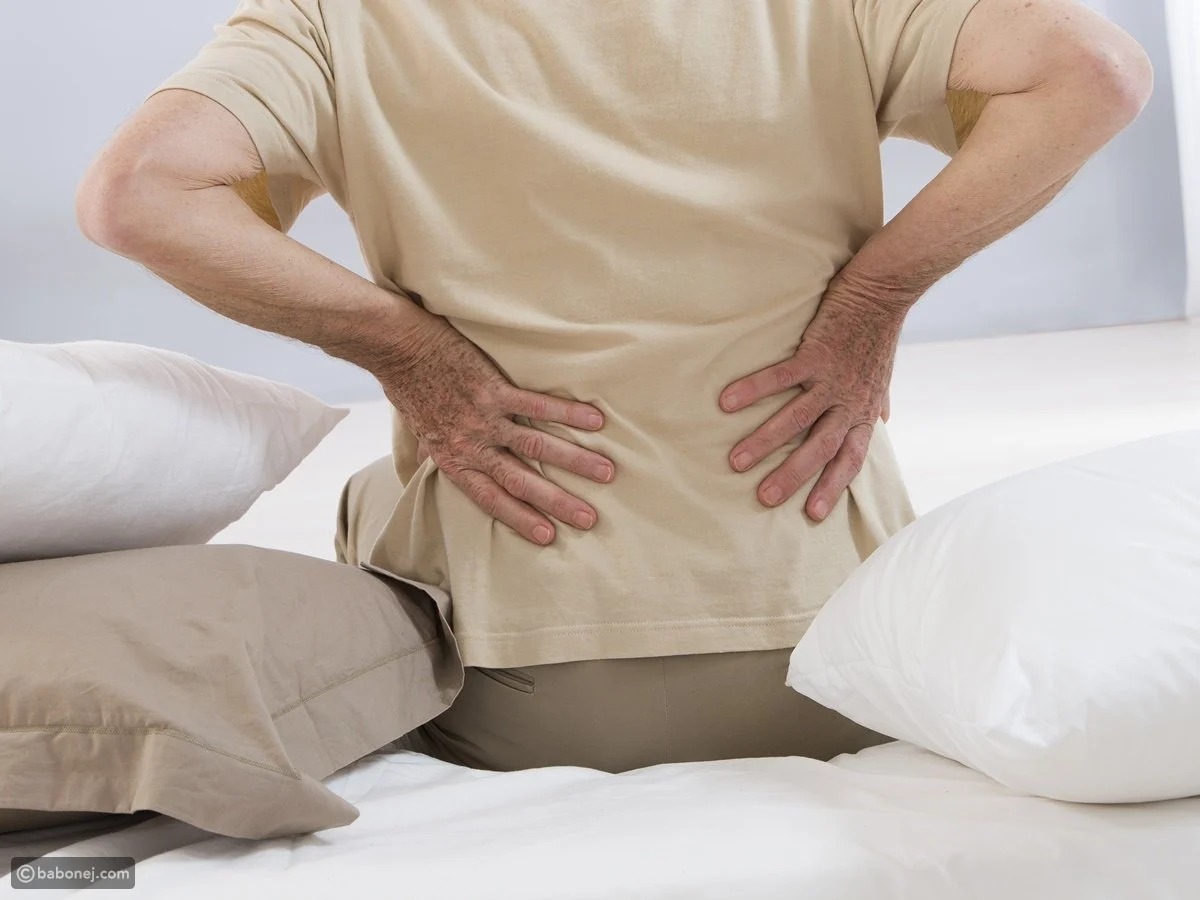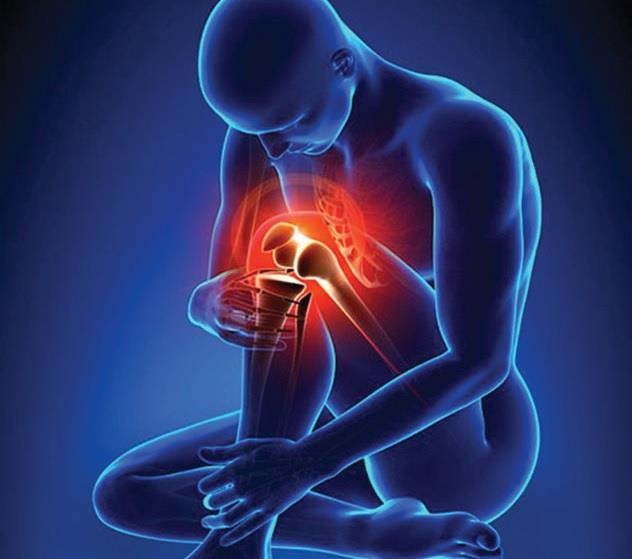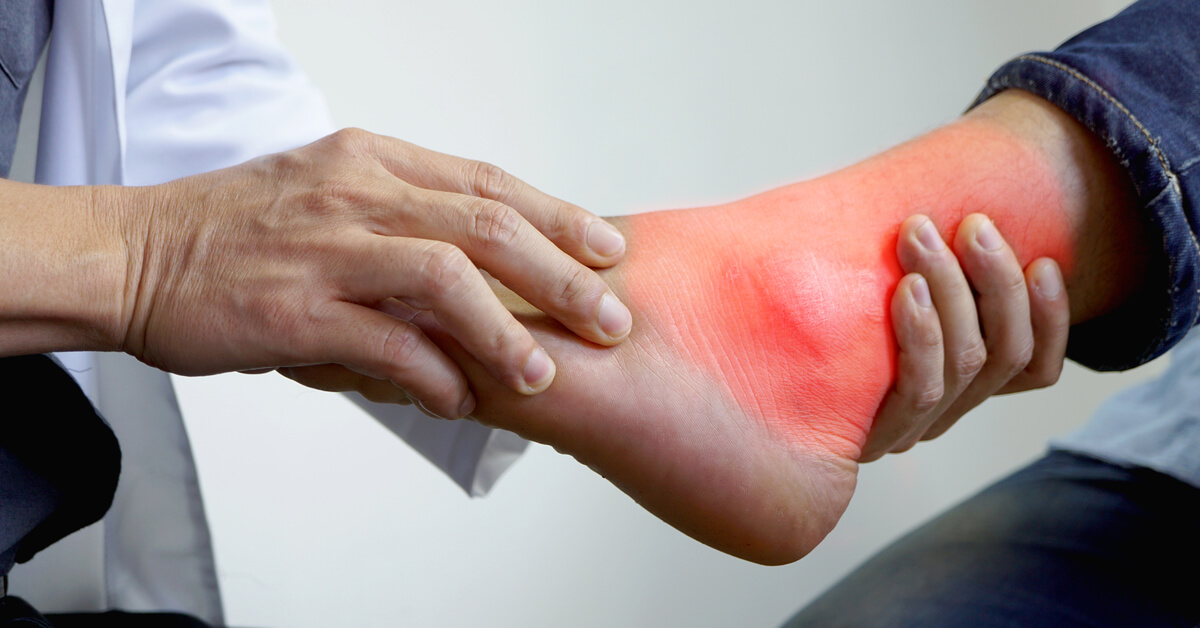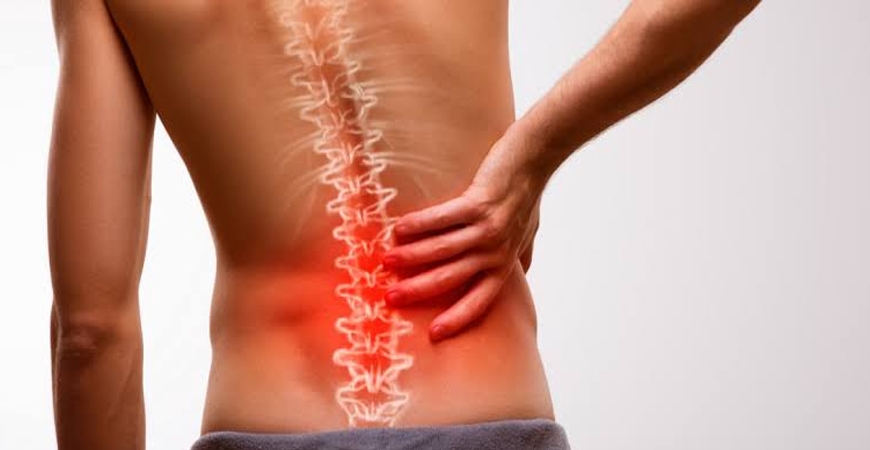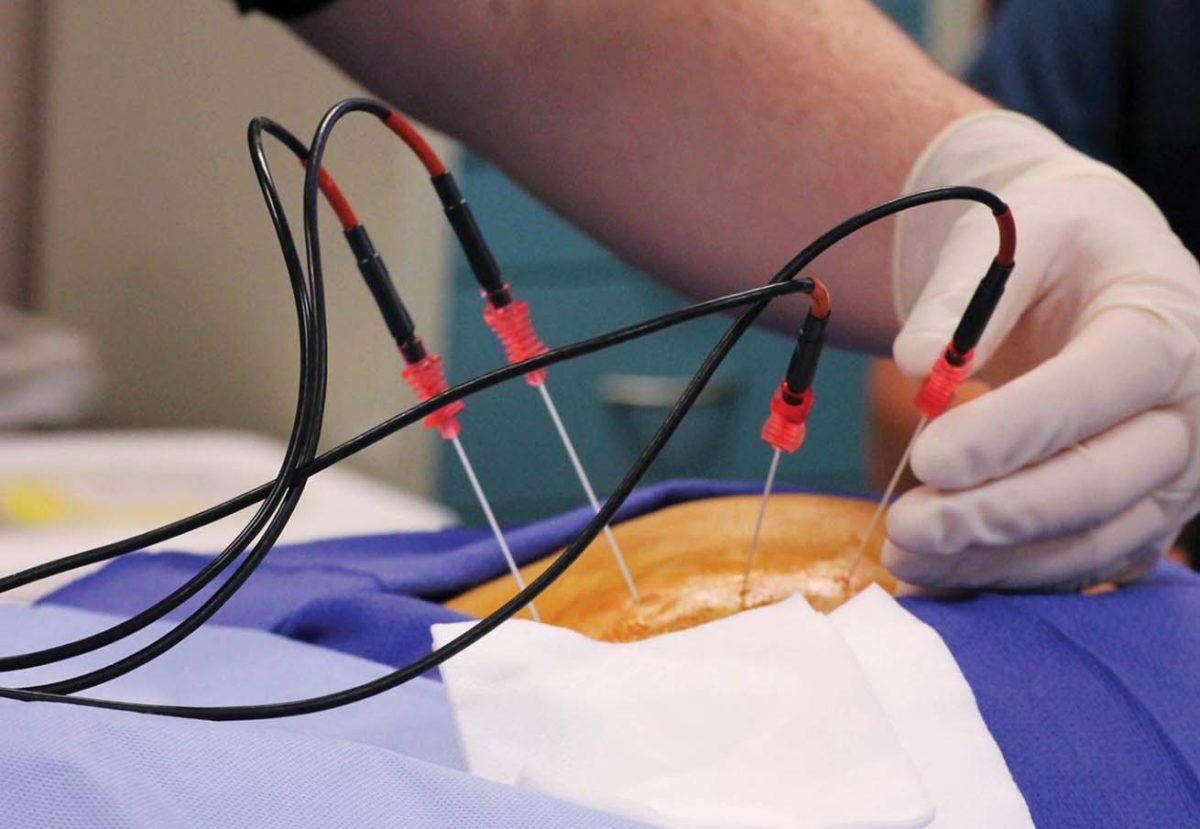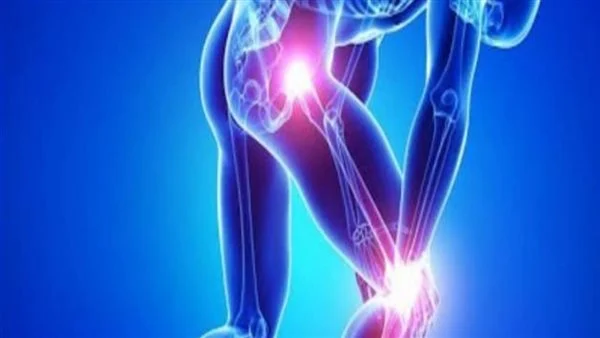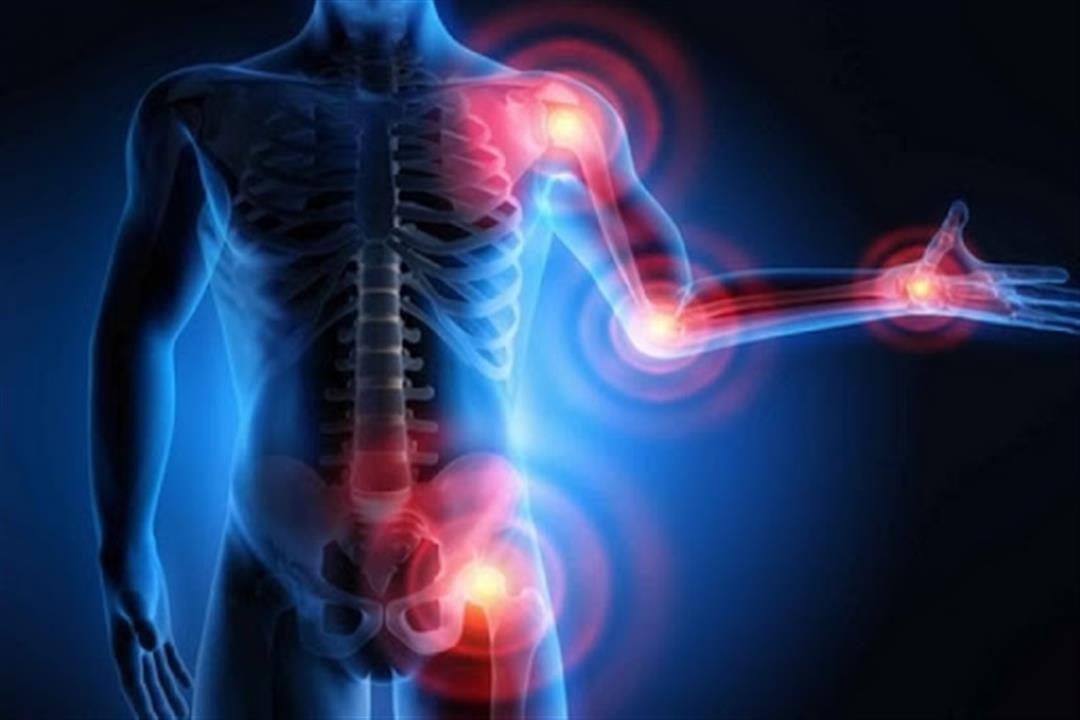Information about Skin Inflammation Under Cast and How to Prevent It!
Skin Inflammation Under a Cast, A cast is one of the therapeutic methods used to treat bone fractures in different cases. One of the most important issues that result from it is that the skin becomes inflamed under the cast. In the following paragraphs, we will learn about the most important complications and consequences that result from using casts and different treatment methods for the symptoms that appear after the cast, so follow us.

Skin Inflammation Under a Cast
Skin inflammation under a cast is a common condition that occurs when the humidity level rises under the cast, leading to the proliferation of bacteria and fungi and skin irritation. People wearing casts should ensure good hygiene and dryness under the cast area. Warm water and soap-soaked wipes can be used to gently clean the area, then dry it thoroughly.
Chemical substances or adhesive products should be avoided, as they can cause skin irritation or cast damage. If signs of irritation such as itching, redness, or swelling appear, medical attention should be sought immediately. The doctor may remove and reapply the cast if there is severe irritation, and in some cases, they may prescribe topical medications to alleviate symptoms. Paying attention to the cleanliness and health of the skin under the cast will help prevent skin inflammation and ensure a quick and healthy recovery.
Dr. Amr Amal made a significant change in my life after treating skin inflammation under the cast.
What are the symptoms after removing the cast?
After cast removal, individuals may experience some symptoms and changes in the body. This is due to the fracture healing process and tissue recovery, and it may take some time for the body to adjust and return to its normal state. In this article, we will discuss some possible symptoms that may appear after cast removal, including the following:
- Post-cast pain:
The patient may experience some pain in the area where the cast was applied. This is due to tissue damage, swelling, and muscle spasms during the casting period, and the pain may continue for a few days after cast removal. Pain medications can be used to alleviate the pain, but it is advisable to consult a doctor before taking any medication. - Limb swelling:
Patients may notice swelling in the area surrounding the injury after cast removal. This occurs due to the inflammation and swelling resulting from the injury and fracture healing process. Swelling typically subsides gradually over time, and ice or moist dressings can be used to reduce swelling. - Muscle atrophy:
Some patients may experience muscle atrophy after cast removal. Muscle atrophy occurs due to lack of muscle use for an extended period during cast wear. To recover from muscle atrophy, muscle strengthening exercises and physical therapy under the supervision of a medical professional can be performed. If you would like to learn more about bone and muscle inflammation, click here. - Difficulty in movement and flexibility:
The patient may need some time to regain full movement and flexibility after cast removal. They may feel some discomfort or slight difficulty in moving the affected limb, but with time and practicing exercises approved by the doctor, movement can improve gradually. - Skin cracks and cast sores:
Skin cracks or cast sores can occur due to friction between the cast and skin or lack of proper ventilation under the cast area. The patient should avoid scratching or picking to prevent this issue. It is advisable to consult a doctor in case of any cracks or sores, as special dressings or changing the cast type may be required to avoid this problem.
Patients should follow the doctor’s instructions after cast removal and not rush to resume routine activities. The body may take a few weeks or even months to fully recover and heal properly. If symptoms persist or complications arise, it is essential to consult a doctor for evaluation and appropriate treatment recommendations.
And you can feel a significant improvement after treatment with Dr. Amr Amal for skin inflammation under the cast.
Complications that may occur after cast removal
- Joint stiffness:
One common complication after medical cast removal is joint stiffness. Stiffness may occur in the joints surrounding the area where the cast was applied, affecting body movement and causing difficulty in movement. To prevent this issue, it is recommended to perform relaxation exercises and joint strengthening exercises after cast removal, following the guidance of the attending physician. - Muscle atrophy:
During the cast-wearing period, the muscles surrounding the affected area become inactive. Due to the inability to use these muscles normally, the muscles may undergo atrophy. After cast removal, it is essential to begin a rehabilitation program and exercise routine to regain lost muscle strength and size. - Skin cracks:
Skin cracks are a common complication that can occur after medical cast removal. These cracks may appear as a result of skin shrinkage after cast removal and loss of its natural elasticity. It is advisable to moisturize the skin properly using approved medical moisturizers and follow the doctor’s advice to prevent these cracks and help revitalize the skin. - Leg clots:
An injury and wearing a medical cast can lead to the formation of leg clots. These clots occur in the deep veins and can cause severe pain and swelling in the leg. It is essential to monitor the common symptoms of leg clots, such as pain, swelling, and skin redness, and seek medical attention immediately if these symptoms are present. - Post-cast swelling and pain:
After cast removal, the patient may experience swelling and pain in the area covered by the cast. This pain and swelling are a natural response from the body as it addresses the damage caused during the cast-wearing period. It is advisable to apply cold compresses and take prescribed pain relievers to reduce symptoms and alleviate pain.
Dr. Amr Amal provides complete care and understanding for patients experiencing skin inflammation under the cast.
What are the means of treating post-cast symptoms?
- Adhering to not scratching the surrounding skin:
One of the most important measures to follow for treating post-cast problems or symptoms is avoiding scratching the skin surrounding the cast area. Scratching can cause skin irritation and infections, increasing the difficulty of bone and tissue healing. - Therapeutic exercises:
A variety of methods are used to achieve healing after cast removal, including therapeutic exercises. These exercises help restore joint movement in the affected area and strengthen the surrounding muscles. It is recommended to perform these exercises under the supervision of a medical professional. - Manual therapy:
Manual therapy involves applying various massage and stretching techniques to improve the health of the muscles and tissues surrounding the affected joint. Manual therapy is used to achieve relief, reduce pain, and restore joint movement. - Electrical stimulation:
Electrical stimulation is used in treating post-cast symptoms to stimulate muscles and improve blood flow in the affected area. This treatment can help reduce inflammation and accelerate bone healing. - Heat or cold therapy:
Heat or cold therapy can be effective in alleviating pain and reducing swelling after cast removal. Simple home remedies such as hot water or ice can be used to apply the therapy according to the doctor’s instructions. - Instruction and education therapy:
Instruction and education therapy is an essential part of treating post-cast symptoms. The doctor guides the patient on how to avoid painful movements and maintain proper joint alignment while moving. The doctor also provides advice on maintaining muscle strength and preventing further injuries.
Following these scientifically approved means and procedures can help accelerate the healing process and alleviate symptoms after cast removal. Patients should adhere to the doctor’s instructions and not hesitate to ask questions or seek additional consultation if symptoms persist or pain persists. Be assured that consulting with Dr. Amr Amal was the first step towards overcoming the feeling of skin inflammation under the cast.
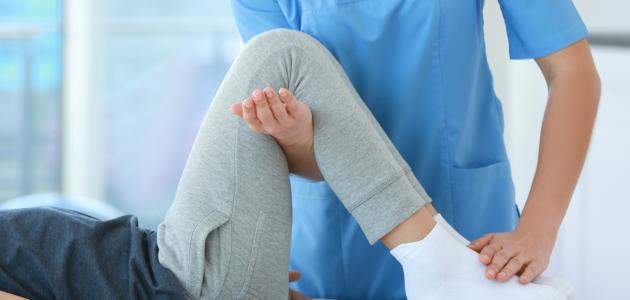
How to prevent post-cast problems
When the cast is removed from the joints after the treatment period, some problems and challenges may arise. Therefore, the patient should follow certain guidelines and steps to avoid joint stiffness and achieve better compliance after cast removal. In this guide, we will discuss the most important tips and steps for preventing post-cast problems in a proper and effective manner, including:
- Practicing physical exercises:
It may be natural to feel some discomfort in the joints after cast removal. However, you should start with appropriate physical exercises to strengthen the affected muscles and joints. The recommended exercises may include gentle and gradual walking, as well as stretching and strengthening exercises targeting the affected area. It is essential to consult a doctor or physical therapist to obtain a safe and applicable exercise regimen for you. - Using heat therapy:
Heat can be used to alleviate joint pain and improve mobility after cast removal. You can use warm sunlight or apply warm heat packs to the affected area. Be sure to avoid direct exposure to excessive heat and keep the skin dry. - Maintain a healthy weight:
Maintaining a healthy weight is important after cast removal. Excess weight can increase pressure on the joints, causing stiffness or deterioration in health. Try to eat a healthy and balanced diet and exercise regularly to help maintain a healthy weight. - Elevate the affected area:
When sitting or lying down, you can place a pillow or cushion under the affected area to elevate it slightly. Elevating the affected area can help reduce swelling and relieve pressure on the joints. - Seeking medical advice is essential:
It is important to discuss with your doctor or physical therapist how to handle your condition after cast removal. They may guide you through an appropriate therapeutic program targeting joint strengthening and improved mobility. If you experience any ongoing problems or persistent pain after cast removal, do not hesitate to contact your doctor immediately.
What does skin inflammation under a cast look like?
Wearing a cast after a bone injury is common to stabilize the bones and promote healing, but some other health issues, such as skin inflammation under the cast, may occur. In this article, we will discuss how skin inflammation under a cast may appear and the common associated signs, including:
Skin wrinkles and rash
Sometimes, the person wearing the cast may notice wrinkles or a skin rash under the cast. This can occur due to moisture buildup or the skin’s reaction to the materials used in the cast. It is important to pay attention to this aspect and take the necessary measures to prevent such irritation.
Itching and redness
Itching and redness are other signs of skin inflammation under the cast. Patients may experience severe itching in the areas covered by the cast, which can cause discomfort and irritation. It is essential not to scratch the irritated skin under the cast, as this can exacerbate the symptoms and irritation.
Skin swelling, swelling of organs, and sensitivity
Skin inflammation under the cast can also lead to swelling of the surrounding skin and swelling of affected organs. If you notice excessive swelling of the skin, making it difficult to move the fingers or a feeling of coldness or a change in color, the individual should consult their doctor immediately. Local skin inflammation may also occur as a result of the skin’s reaction to the materials used in the cast. In this case, a soothing cream such as Betaderm and an oral antihistamine may be used to alleviate the symptoms.
Muscle strain and additional pain
Muscle spasms can sometimes occur when the muscles surrounding the cast try to stabilize the broken bone in place. This can cause additional pain and discomfort. It is essential to properly assess the pain and contact the orthopedic surgeon if the pain persists or worsens.
Watch for signs of skin inflammation under the cast
When wearing a cast, it is important to be aware of the signs of skin inflammation under the cast and take the necessary steps to prevent it. This may include using appropriate ointments, regularly drying the skin, and avoiding excessive scratching or friction.
My experience with Dr. Amr Amal was a remarkable and satisfying experience in getting rid of skin inflammation under the cast.
What is the best ointment for skin inflammation under a cast?
Skin inflammation under a cast is a common issue that can cause irritation and bothersome itching. Among the effective treatments is applying creams containing anti-inflammatory compounds that help soothe the area and reduce sensitivity.
One suitable option is the use of Betaderm ointment, which is recommended for application twice daily to alleviate symptoms and provide local soothing. In addition to regular care for the skin area under the cast and seeking advice from the attending physician for assessing the situation and suggesting necessary treatments. But to learn more about the best ointment for treating knees and joints, click here.

When is skin inflammation under a cast dangerous?
Skin inflammation under a cast can occur as a result of skin reactions to the materials present in the cast or due to lack of proper ventilation under the cast. Although a mild skin rash may appear in some cases, in certain situations, it can be dangerous.
Skin inflammation under a cast is known as contact dermatitis, a type of skin inflammation resulting from the skin’s reaction to the direct material of the cast. It can cause severe itching, redness, and swelling of the affected skin area. If these symptoms are observed, it is essential to consult an orthopedic surgeon to assess the condition and provide appropriate treatment.
To avoid skin inflammation under the cast, it is advised to avoid moisture and sweating in the area covered by the cast. It is also essential to use soothing anti-sensitivity ointments and follow the orthopedic surgeon’s instructions regarding cast care, maintaining its cleanliness and dryness. In case of severe symptoms such as swelling or severe pain, it is crucial to consult the orthopedic surgeon immediately to evaluate the condition and take necessary measures to prevent serious complications.
Best Orthopedic Doctor in Egypt
Dr. Amr Amal is one of the best orthopedic doctors in Egypt. Dr. Amr Amal has an excellent reputation in the field of orthopedic and joint surgery, with extensive experience and exceptional skills in this field. Dr. Amr Amal graduated from the Faculty of Medicine at Ain Shams University with honors and distinction. After that, he chose to specialize in orthopedic and joint surgery. Dr. Amr Amal has obtained numerous specialized certificates and training in his field, including a fellowship from the University of Aachen in Germany and membership in the Swiss Society for Orthopedic Surgery.
Dr. Amr Amal is considered one of the outstanding physicians in treating bone injuries and joint problems. Dr. Amr Amal provides medical consultations to patients and performs precise surgical procedures to treat bone and joint problems.
Dr. Amr A

